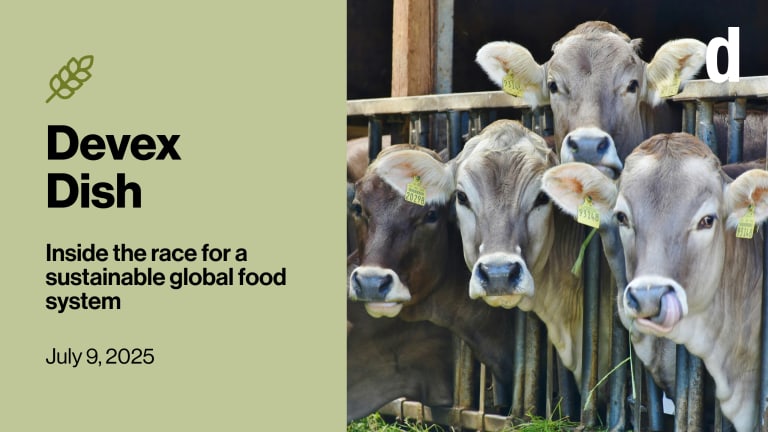While some pandemics elicit a 100-day mission, tuberculosis has an unfinished 100-year mission.
One of the leading initiatives set up in the wake of COVID-19 is the 100-day mission. It is an effort to ensure that new vaccines, diagnostics, and treatments will be available to tackle a novel pathogen pandemic within 100 days of its initial detection.
In stark contrast with the kind of attention COVID-19 sparked, the global fight against tuberculosis gets so little attention that we’re looking at a 100-year timescale. After being overtaken by COVID-19 in 2021, early indications are that TB killed more people in 2022 than any other infectious disease.
Printing articles to share with others is a breach of our terms and conditions and copyright policy. Please use the sharing options on the left side of the article. Devex Pro members may share up to 10 articles per month using the Pro share tool ( ).









